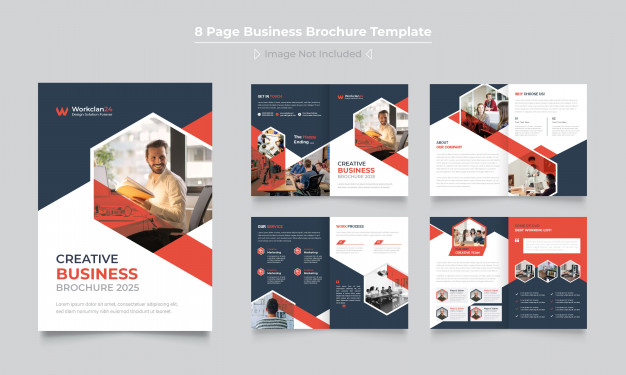Along with a lot of other printed marketing materials (magazines, stationery, leaflets, etc) the brochure is being utilised less and less. In particular, websites are being considered as the ‘online brochure’ for many companies.
It’s fair to say that plenty of businesses do not need a brochure. However, if you have decided not have a brochure, are you sure that your alternative (e.g. your website) is still doing the job that the brochure was originally meant to fulfill? In my opinion, that job is:
“A brochure is not to be read from cover to cover. It is to remind a prospective customer that you exist, even when you are not around. At its most simplistic level, the brochure is a business card – just bigger and harder to throw away.
And that’s it. If your brochure achieves more than this (e.g. the customer does reads completely, or they hand it to their colleagues), then brilliant, it’s over-achieved on its original objective.
So, if your business doesn’t have a brochure, are you using other means to “remind a prospective customer that you exist, even when you are not around”? If not, you might want to re-think whether you need a brochure… (but perhaps not a ‘traditional’ brochure)…
Even more now than before, we all need to differentiate ourselves. And one more way of doing that is producing a ‘non-traditional’ brochure, such as:
Online resource library
Rather than a typical brochure, offer your potential customers access to a password-protected area on your website that has white papers, articles, guides, and other useful information. Ask your customers if they want to be emailed the most recent updates to the resource library each month as and when they become available. In doing this, you then have permission to email those customers with regular updates, this is turn will help build your brand and also remind the customer of your existence of a frequent basis
The folder-brochure
Basically, this approach is a hard-copy version of the online resource library. In this case, you give your customers a folder brochure (based on a ring-bound folder) that can have pages added to it. The brochure does the job that a traditional brochure would, but also holds useful advice, how-to tips and information. Then, every month you post your customers new pages for them to add to insert into their folder-brochure. As you might expect, some customers will have mislaid their original folder, bit this is fine, simply send them another, they probably won’t lose the second copy they receive and it’s all valuable brand and relationship building.
Video and virtual brochures
The first thing to remember is that video brochures do not have to be expensive or professionally produced. YouTube has taught us to prefer simple and honest videos that have good quality information. This means you can frequently create short videos that cover a broad range of topics – from out and out adverts, to demonstrations, to funny news clips to detailed industry intelligence. If the information is relevant to your customers, all you really need is one person sat in front of the camera talking about the subject matter or someone narrating the footage of a product demonstration. You can then frequently send your video clips to your customers, and if the information is good enough, those customers might then forward your video on to others and so increasing the chances of the video ‘going viral’.
Article Source: http://EzineArticles.com/4696133











